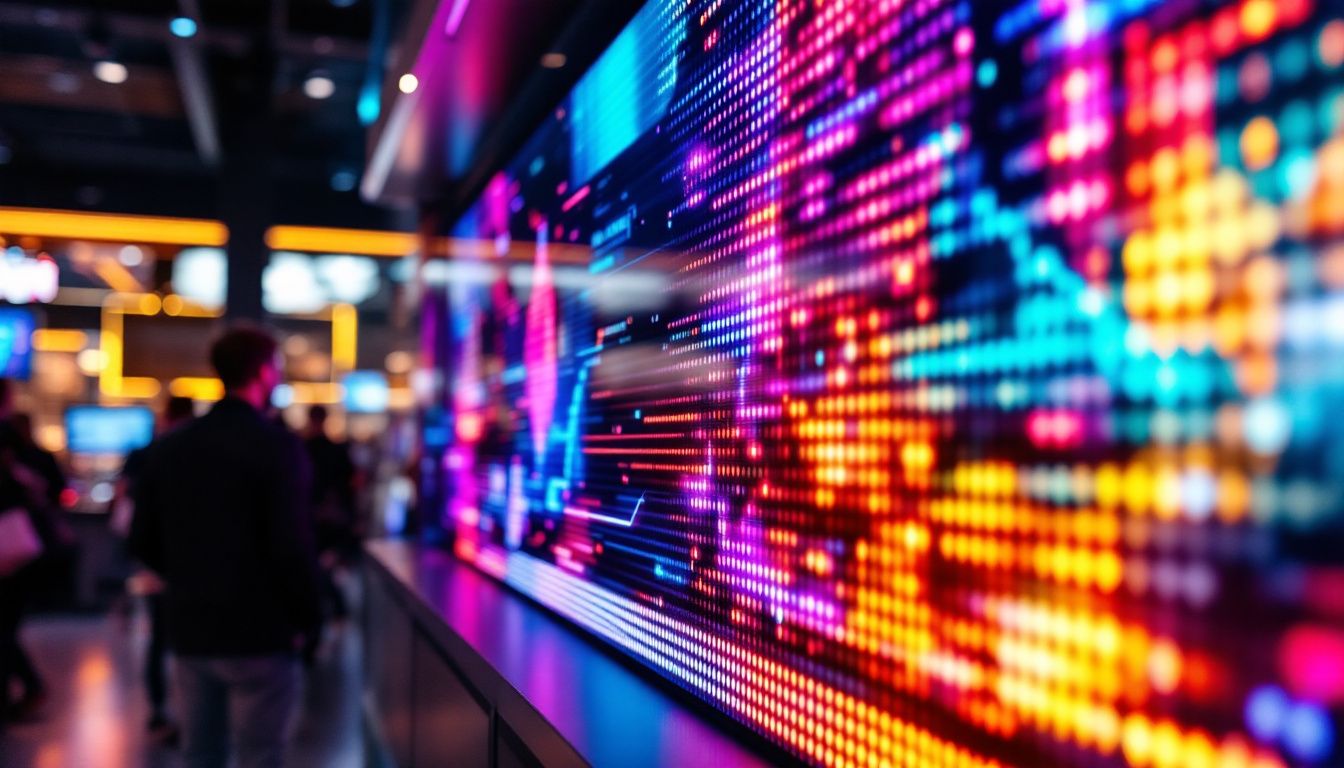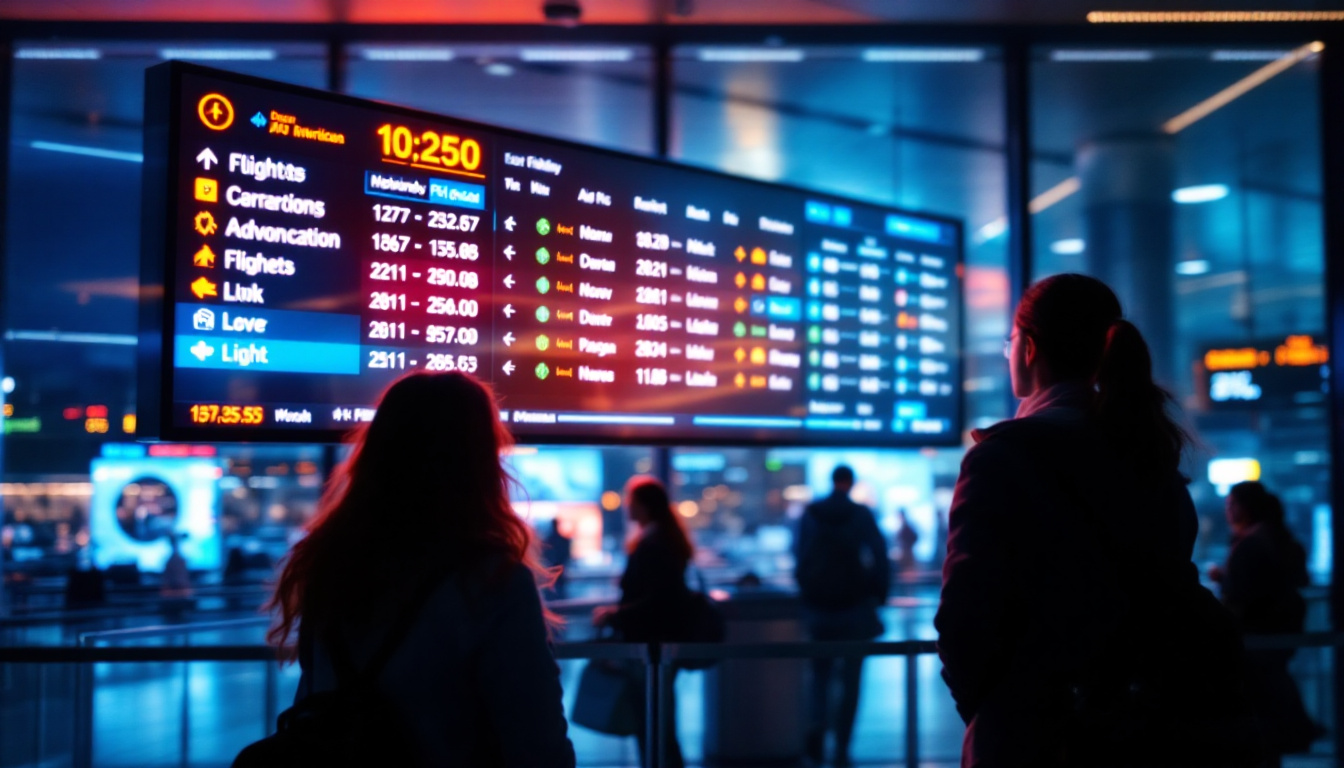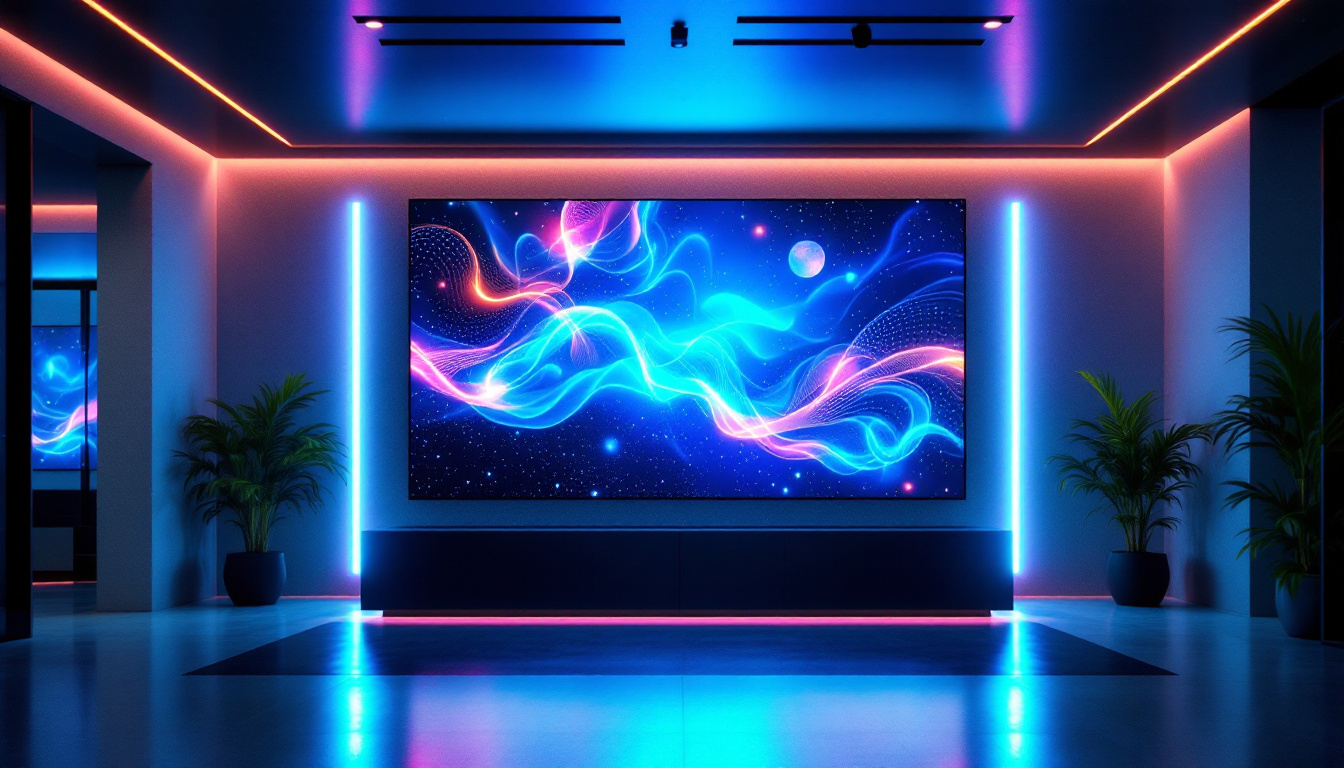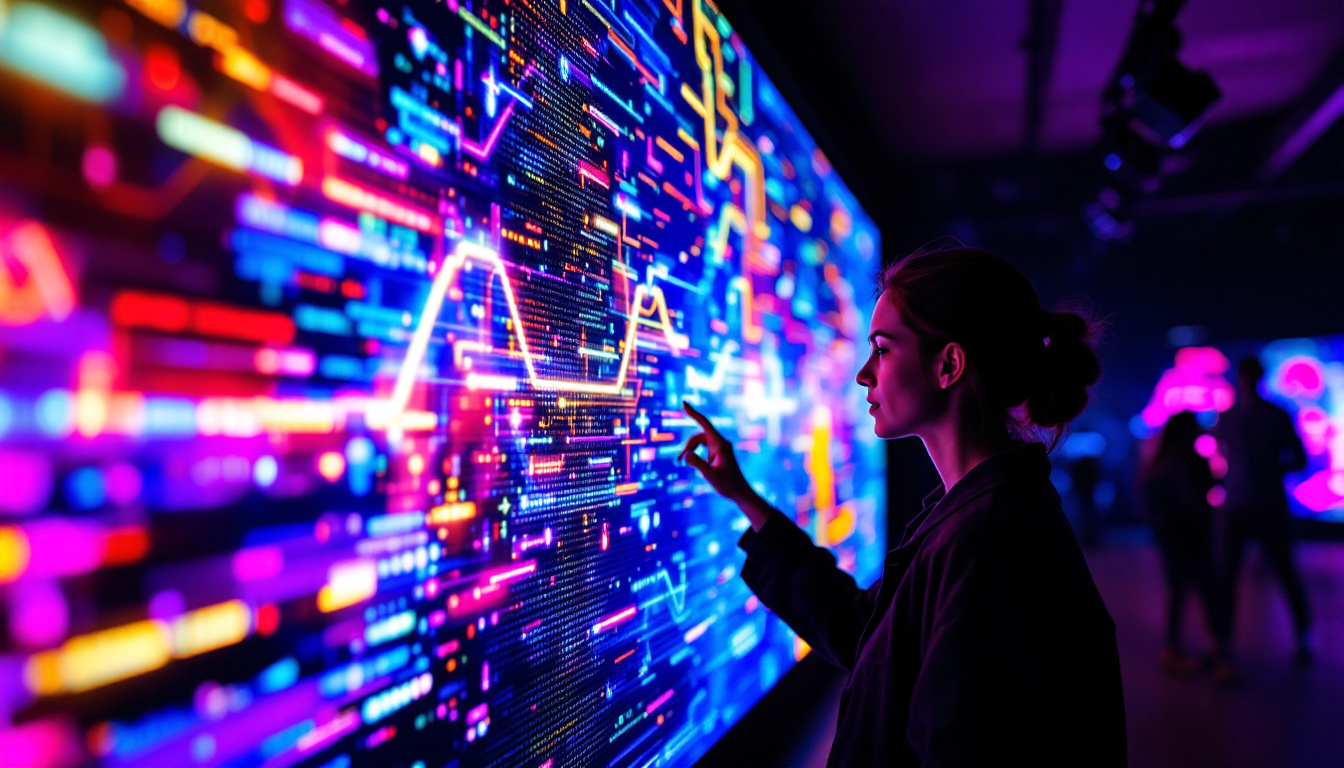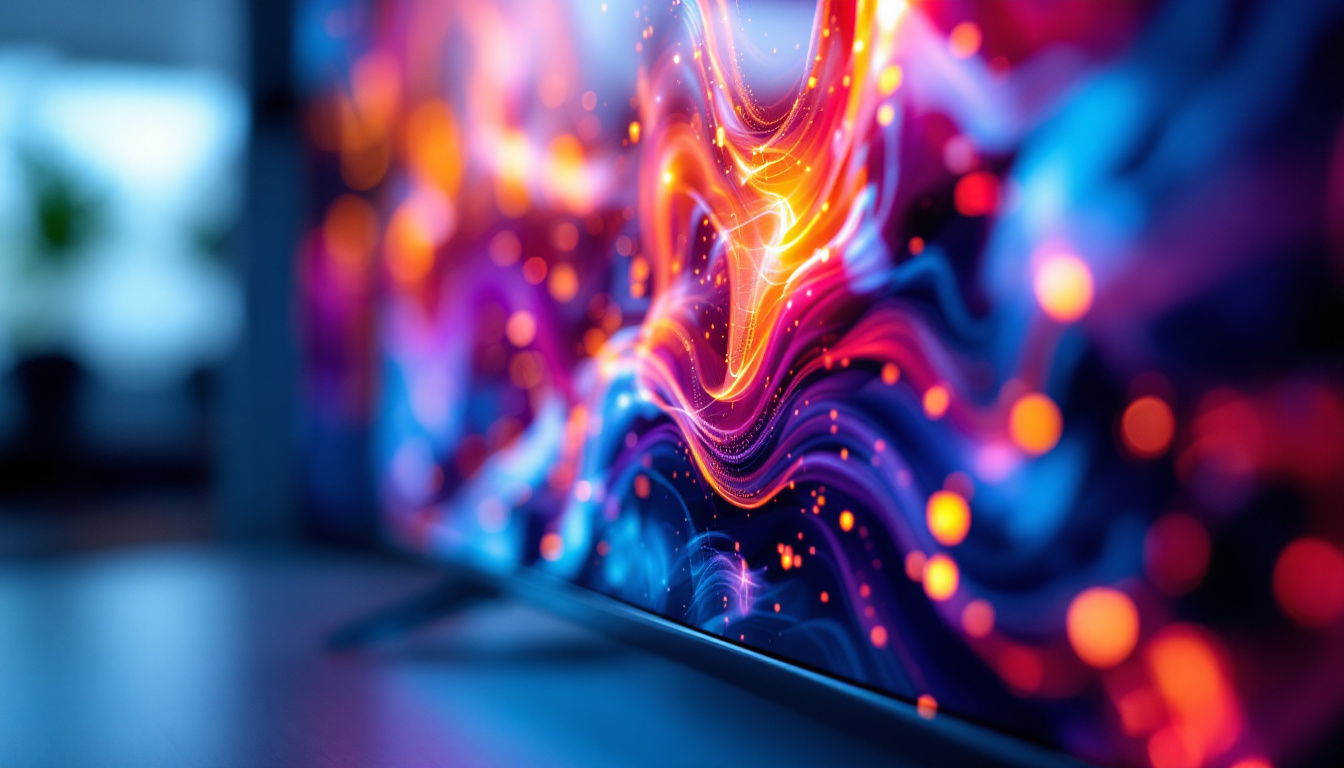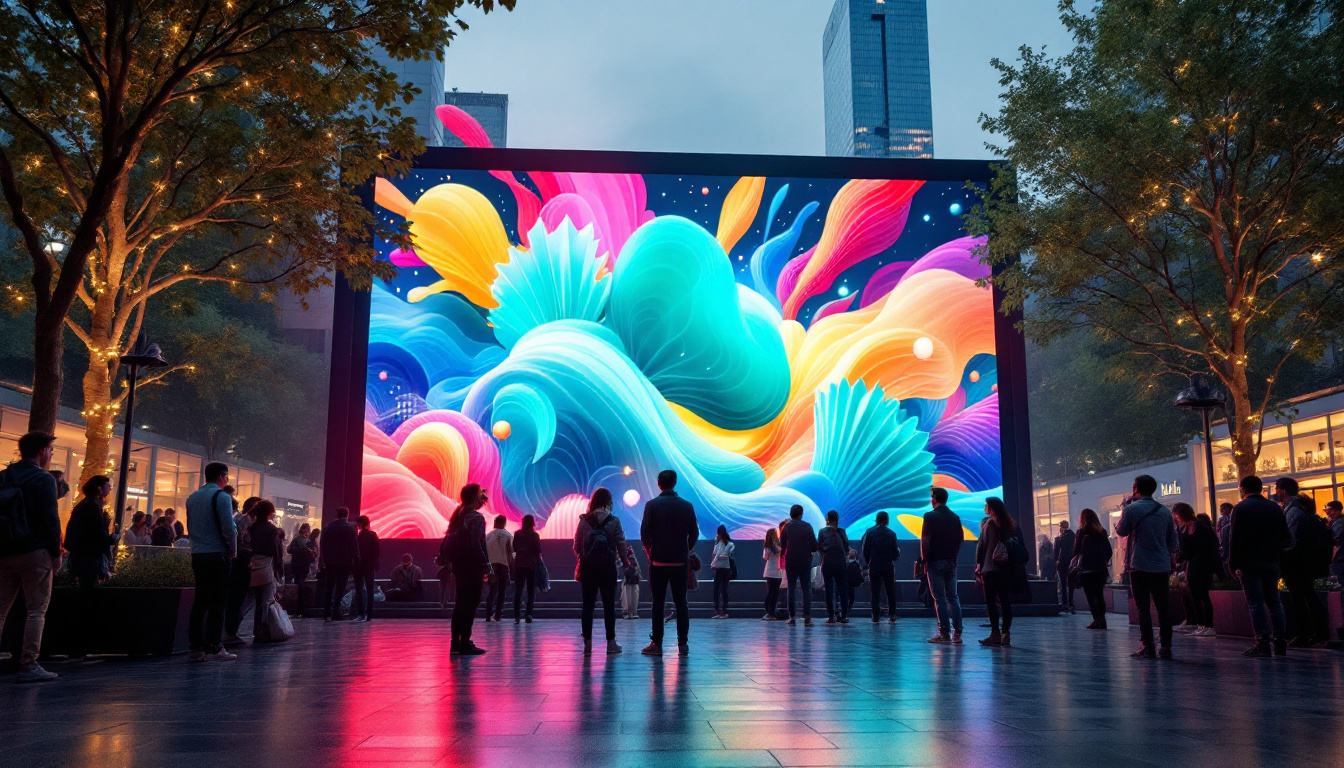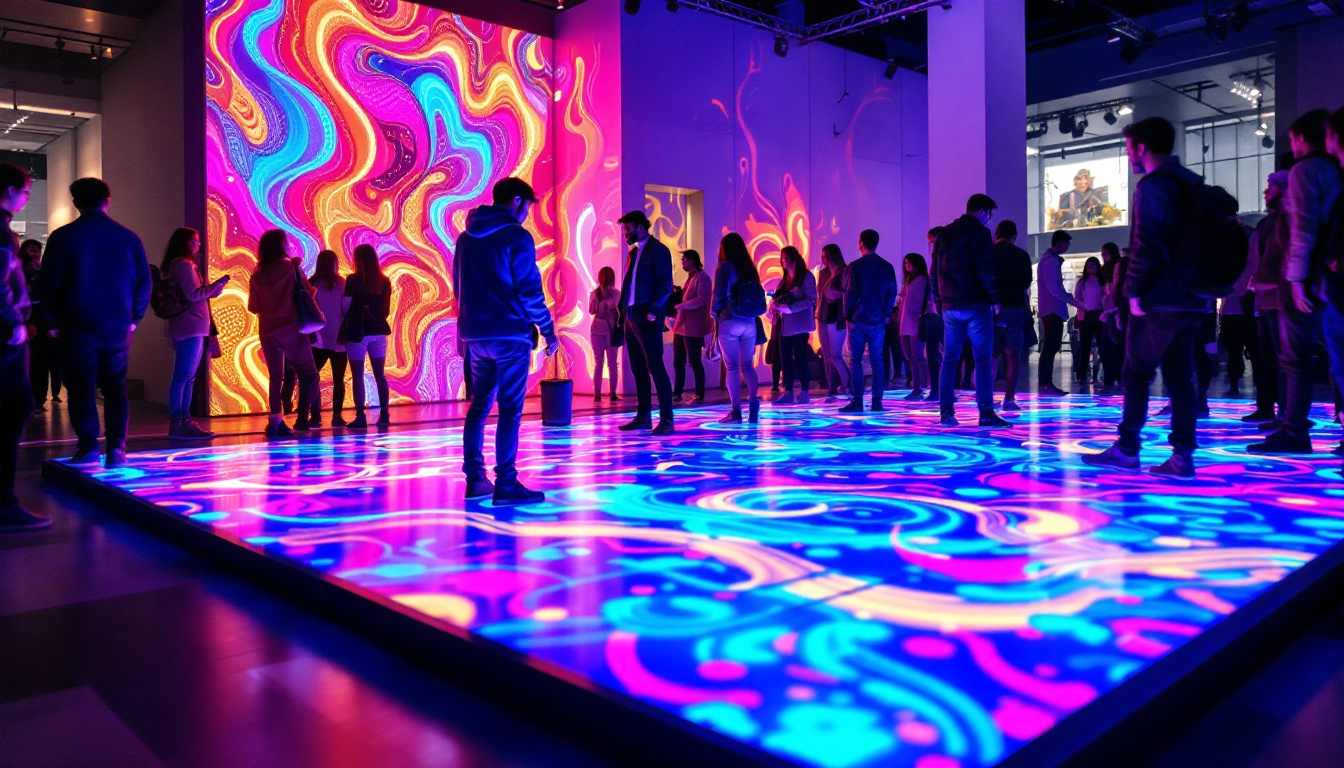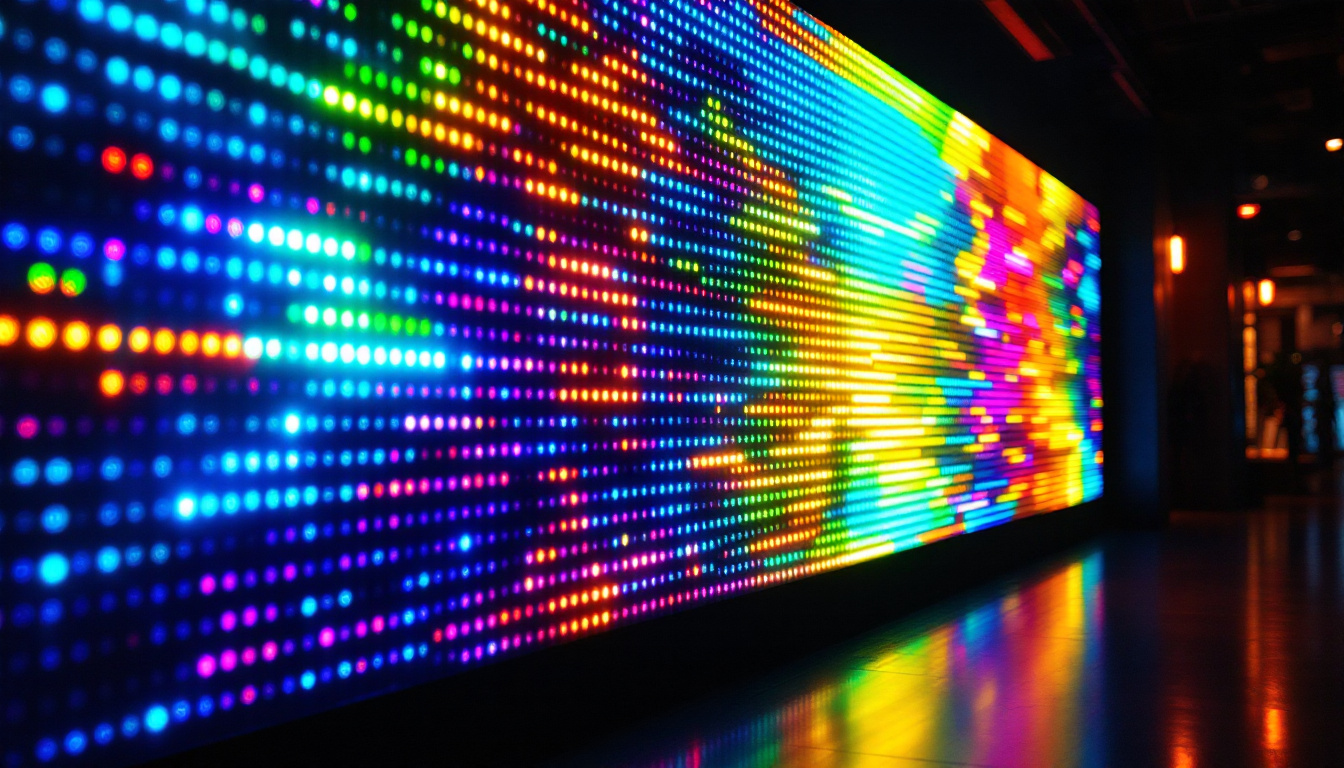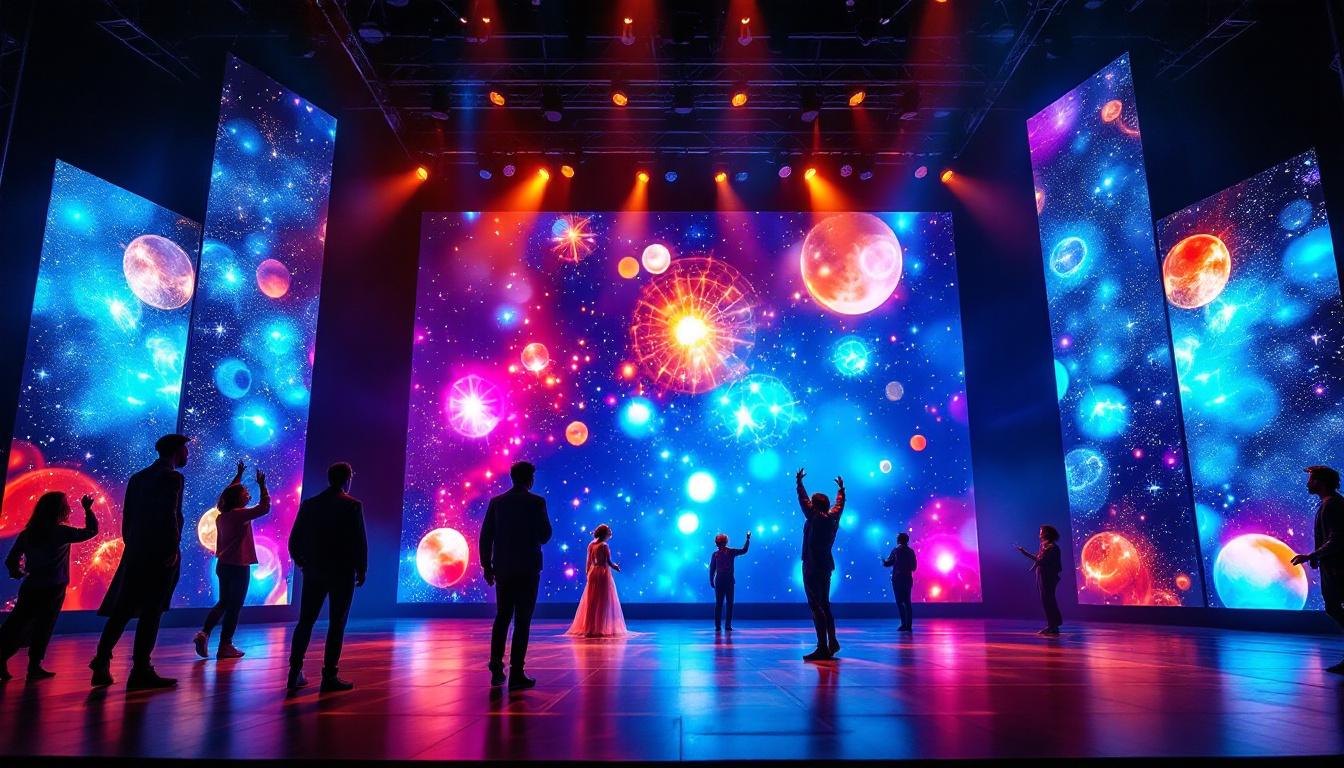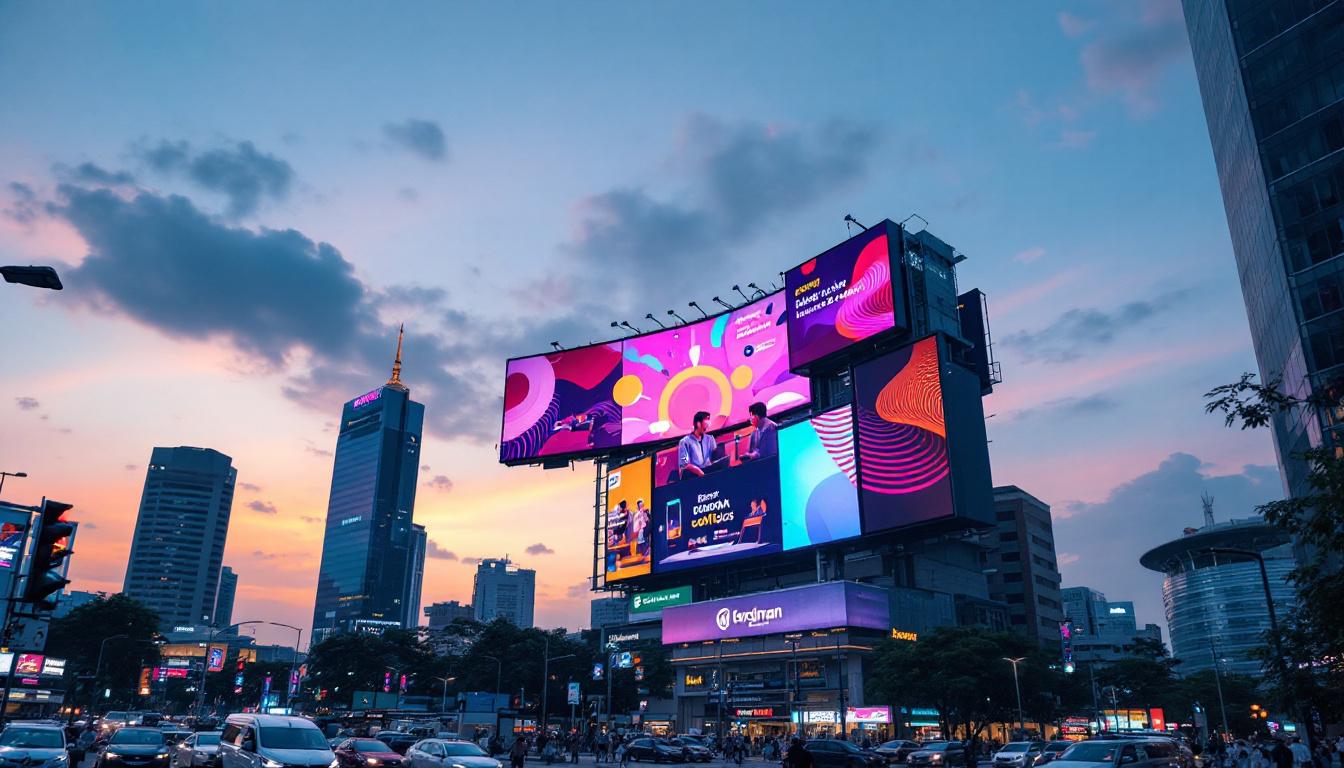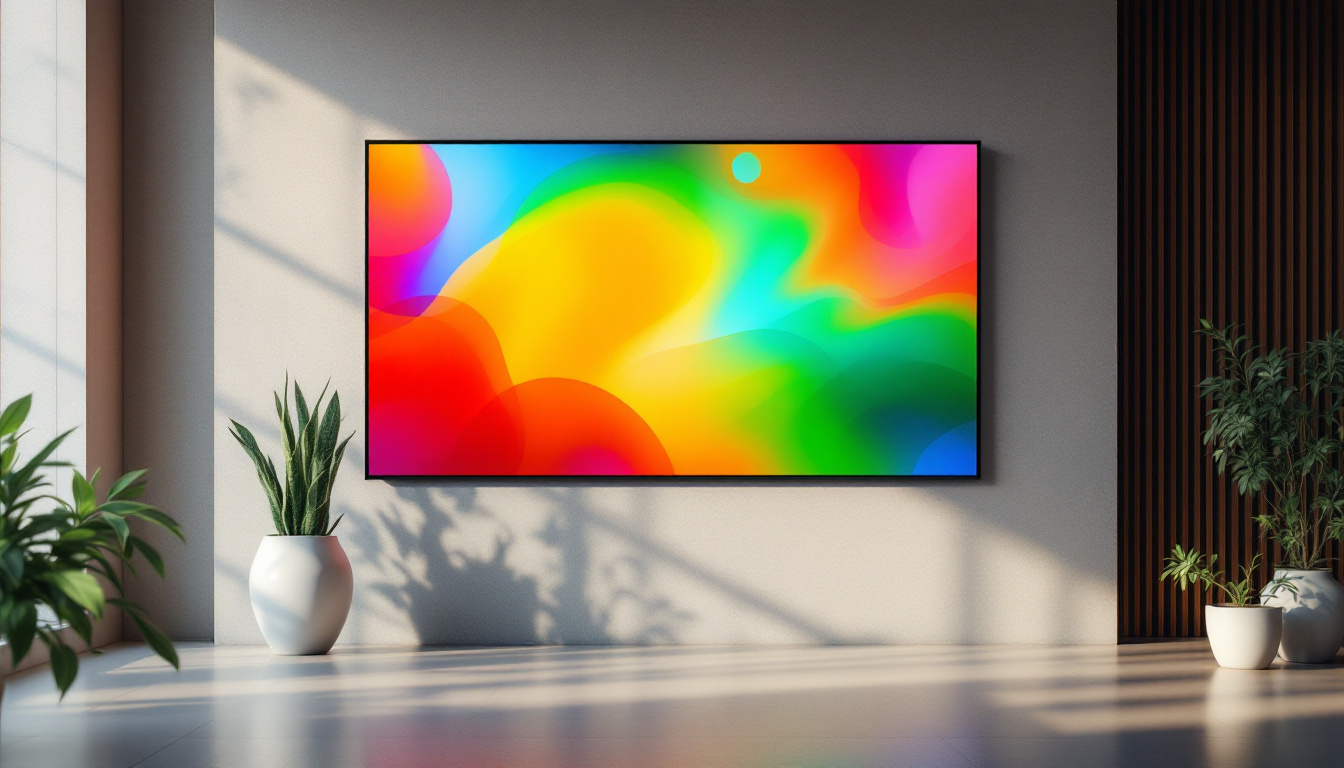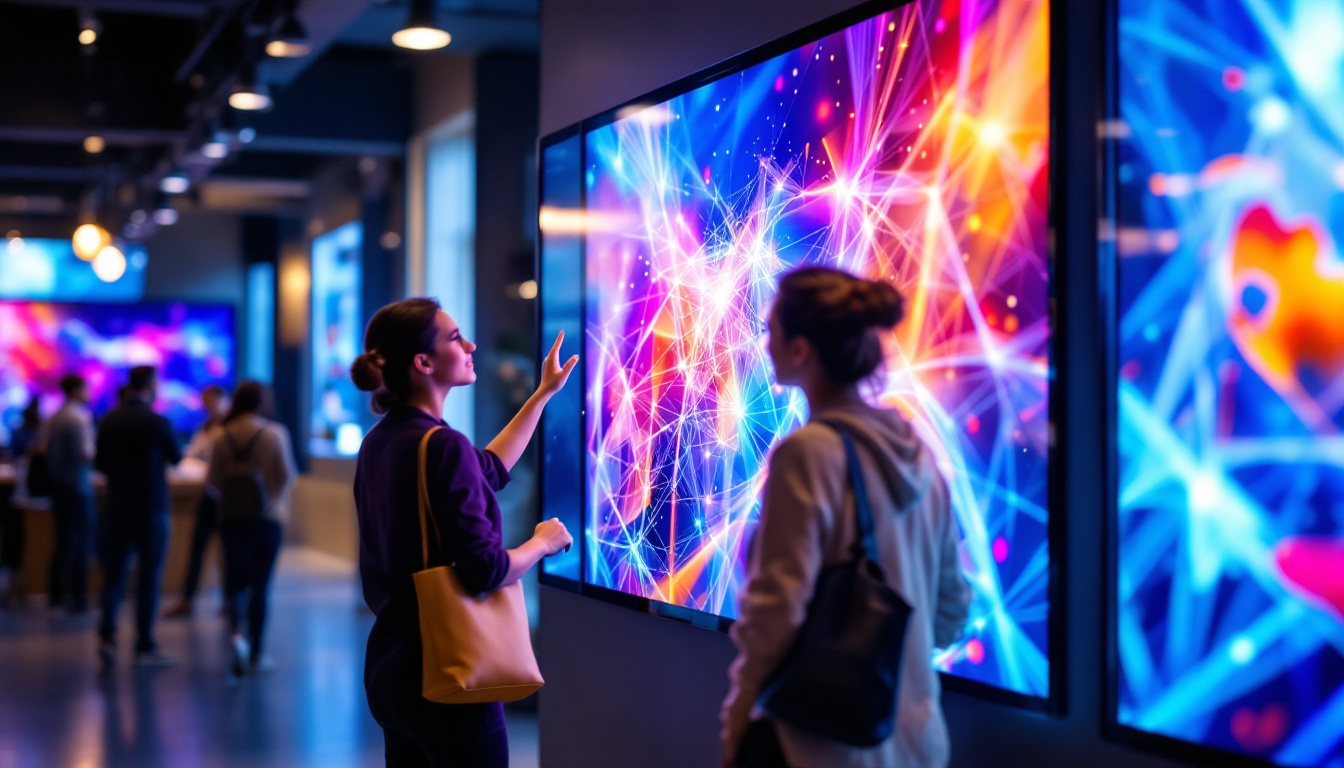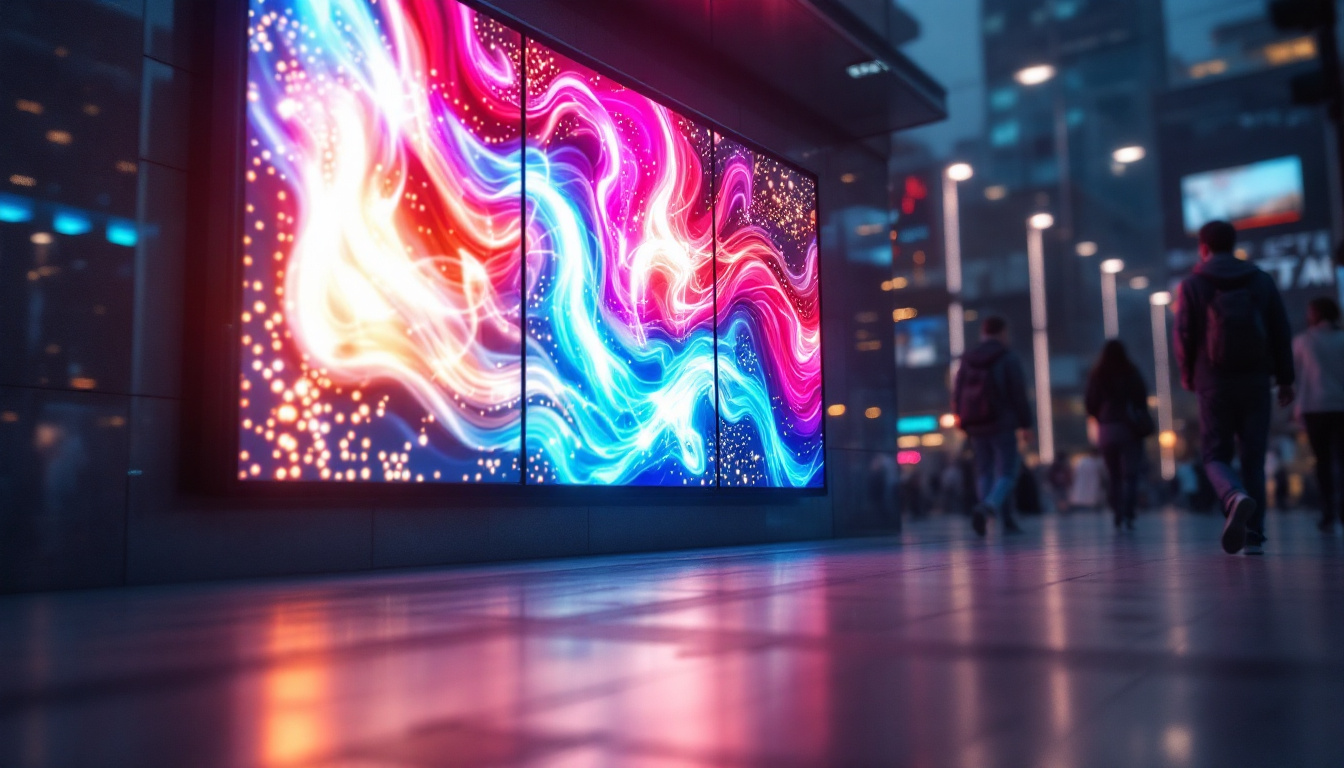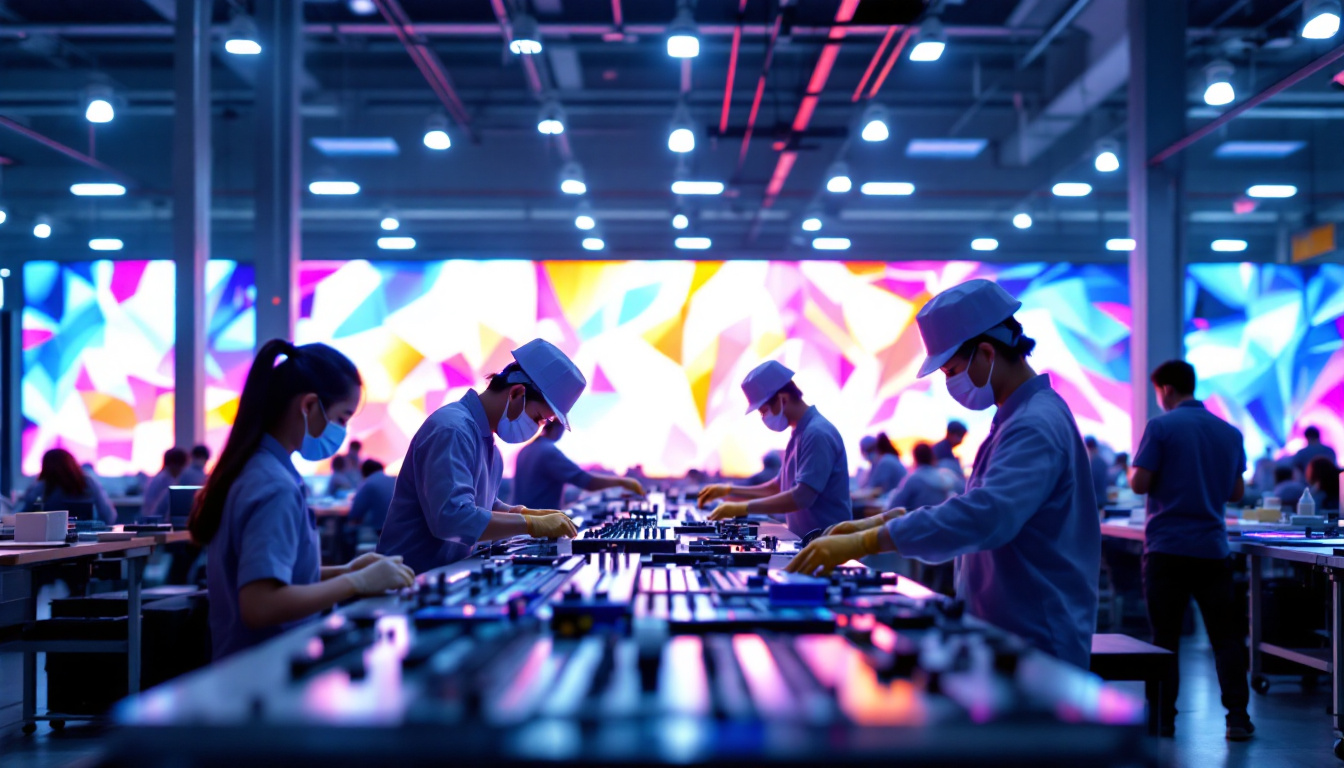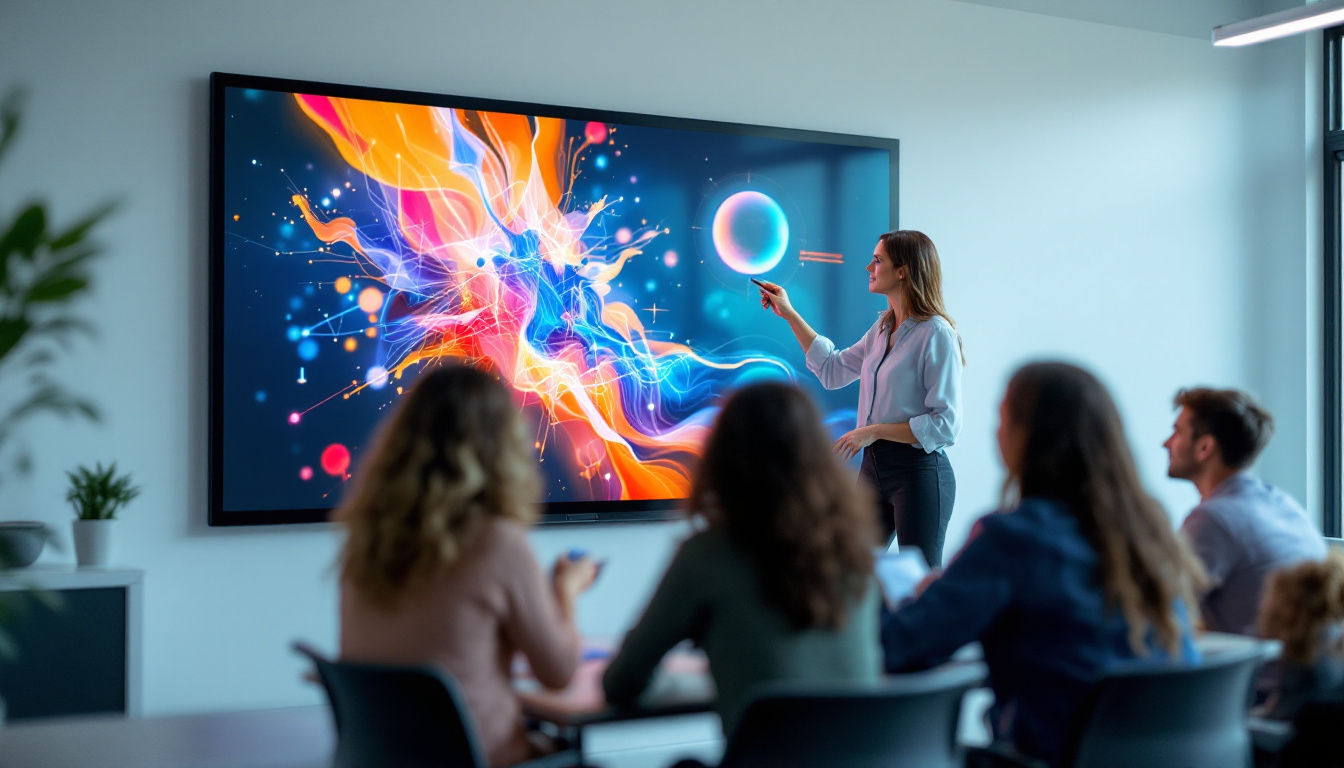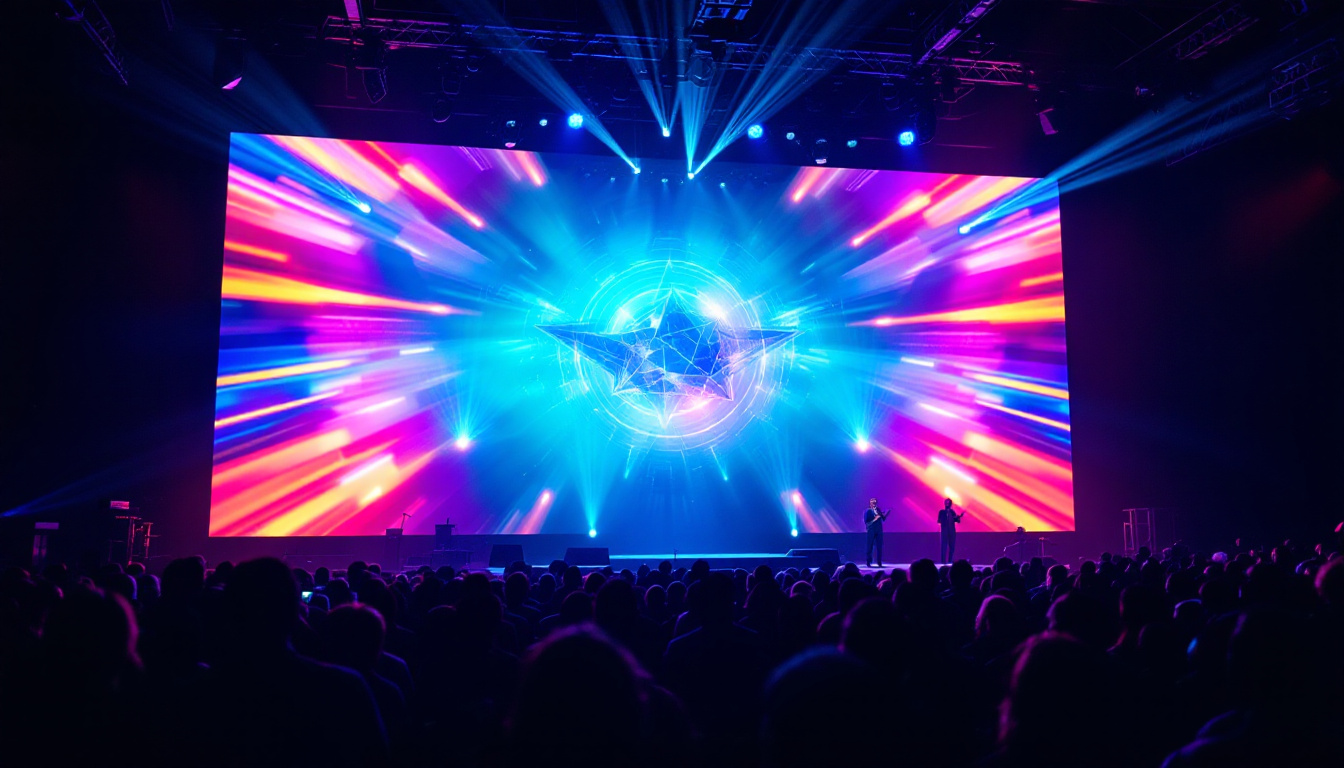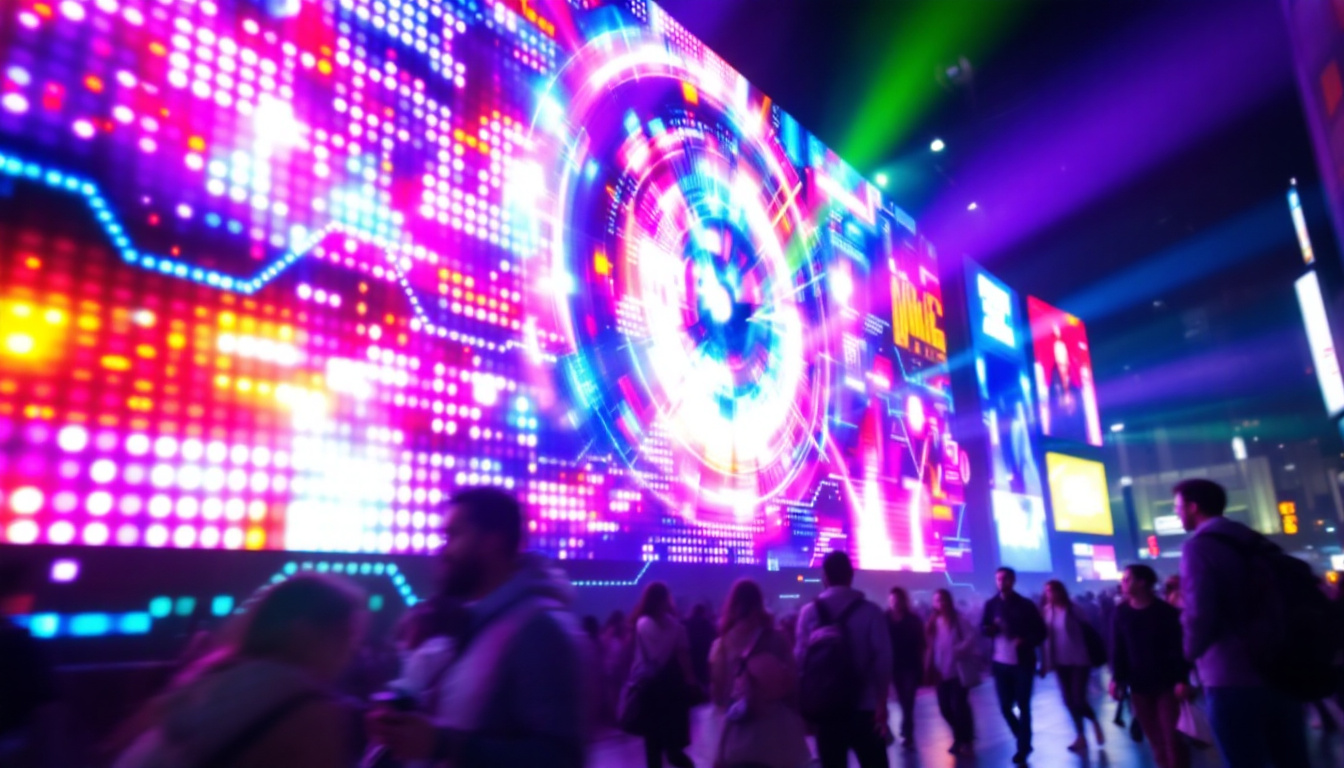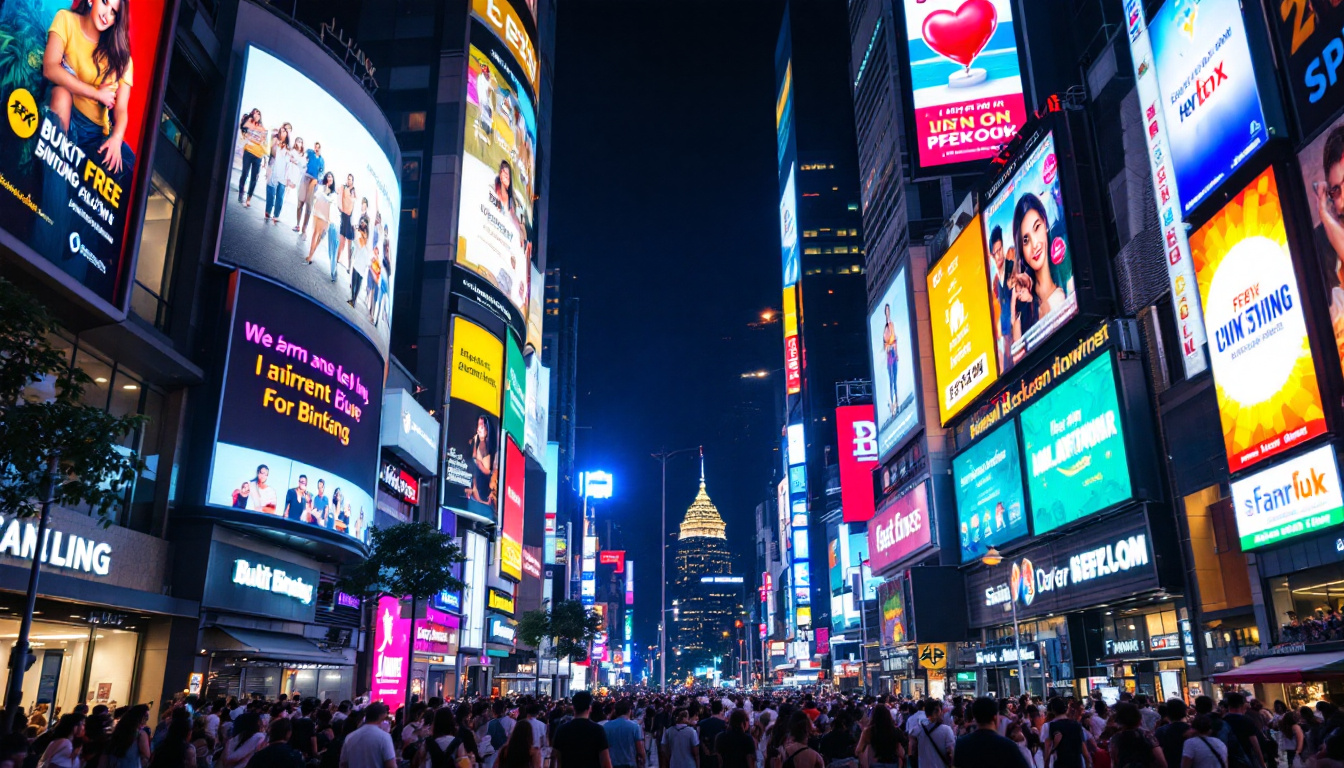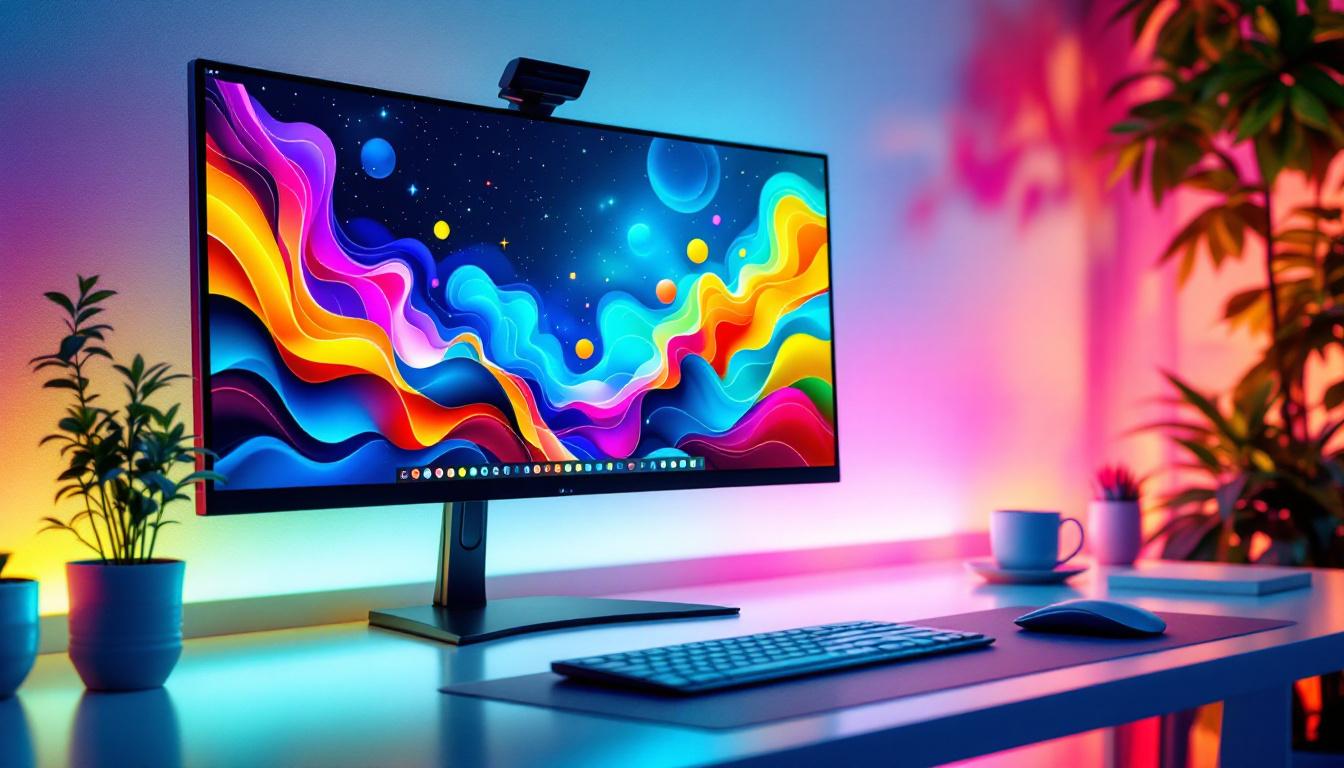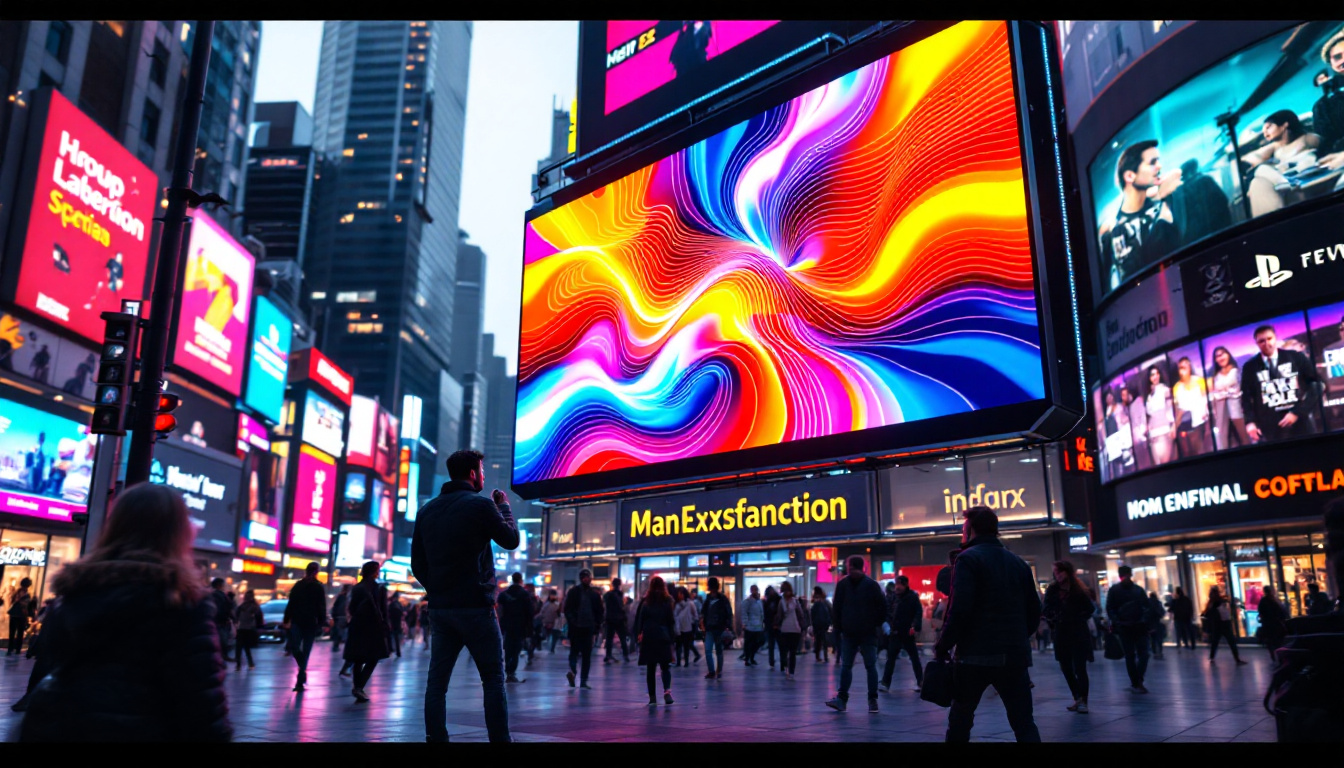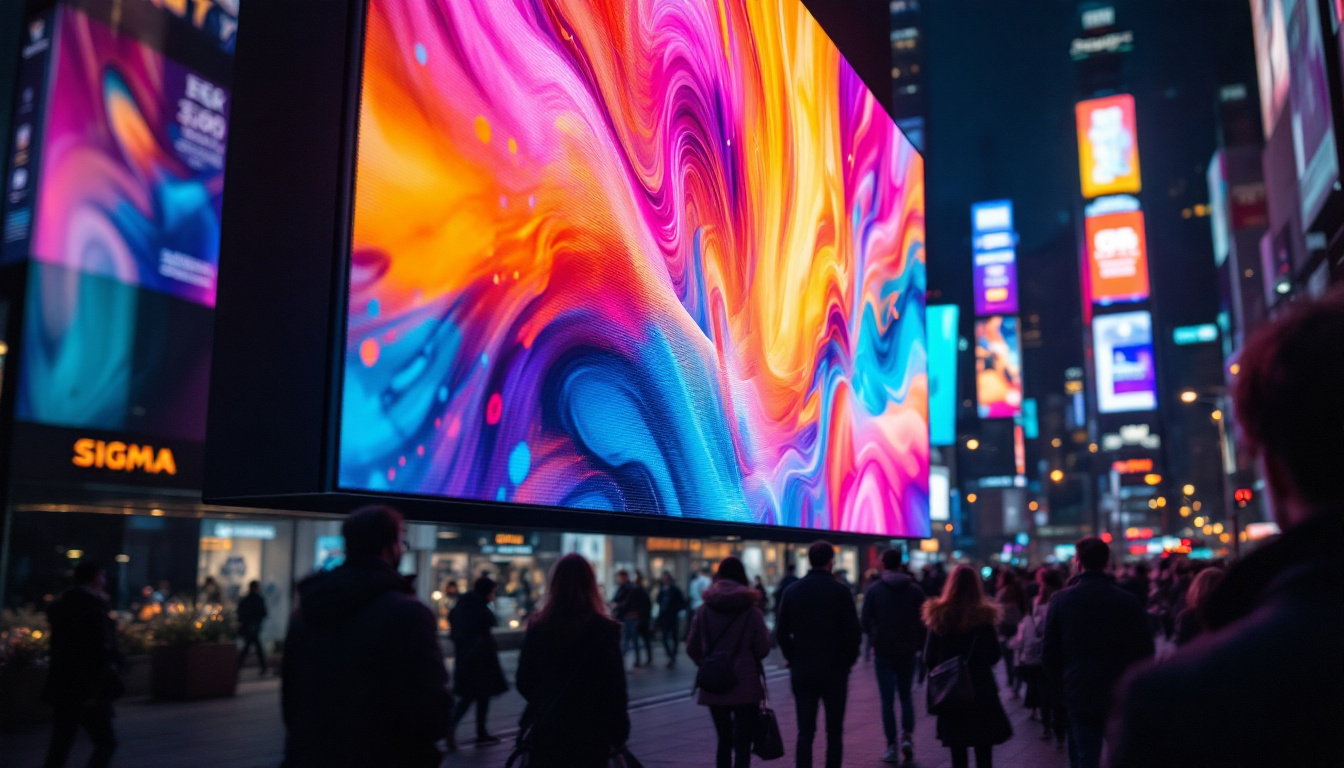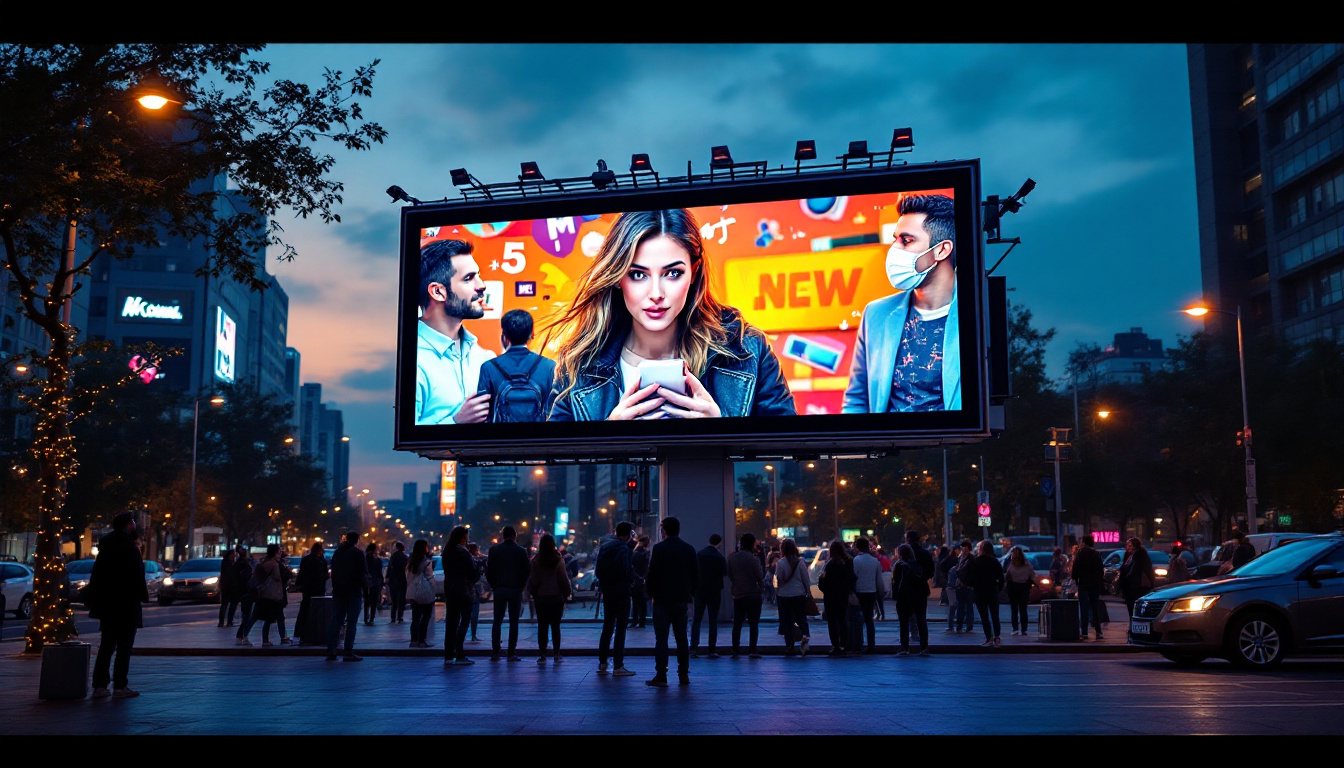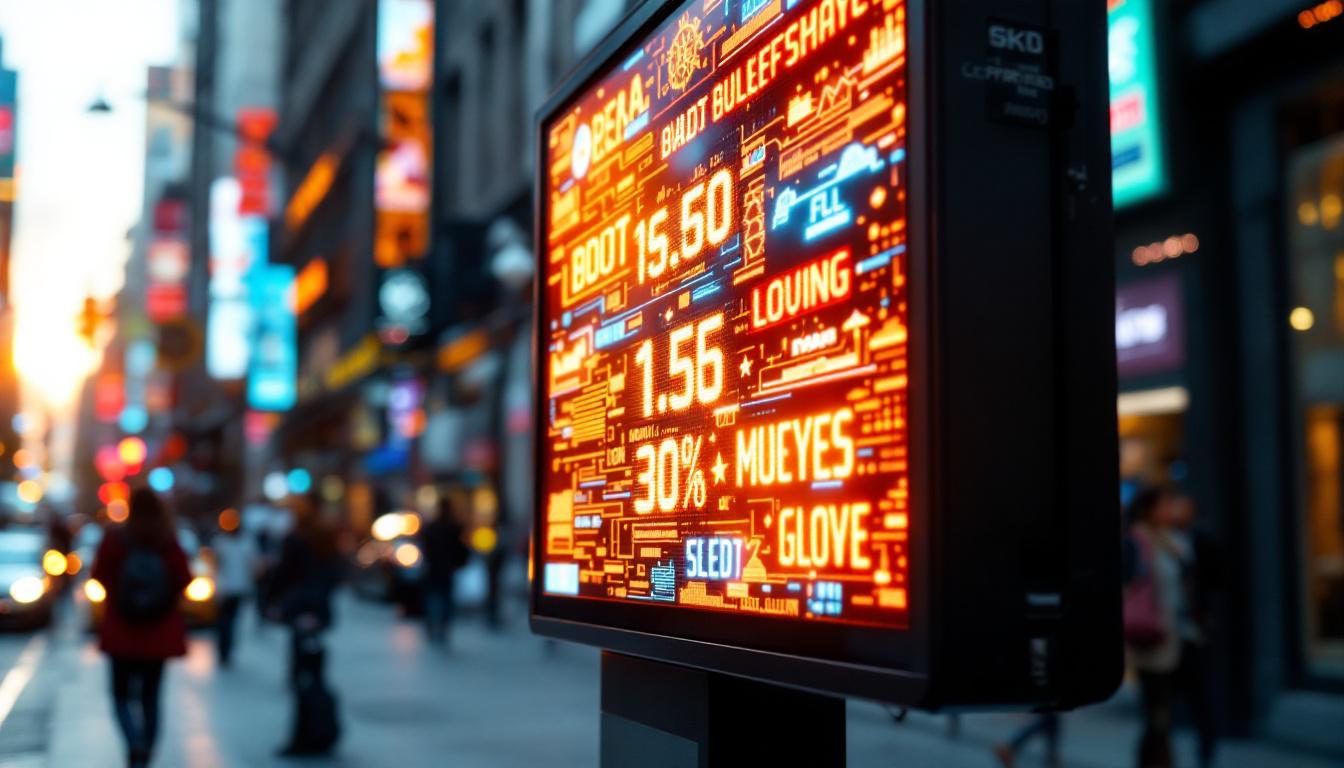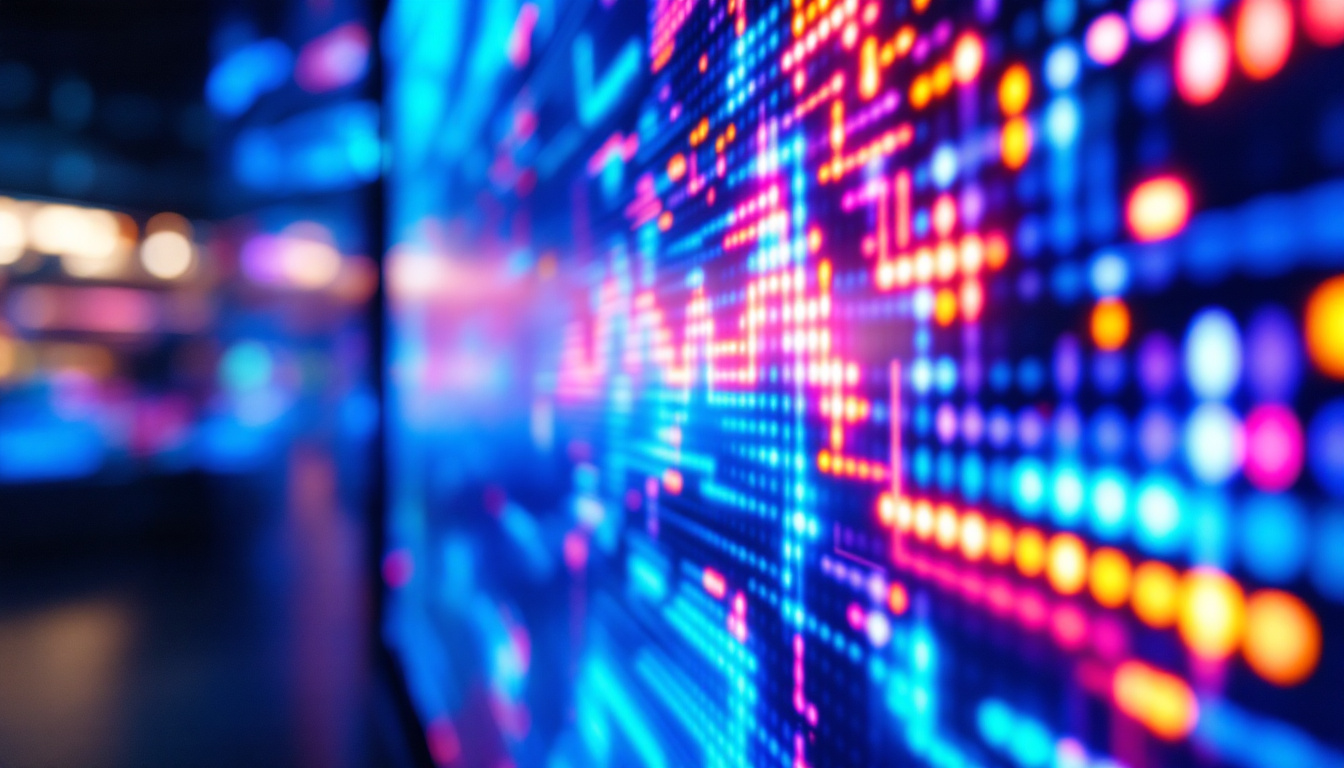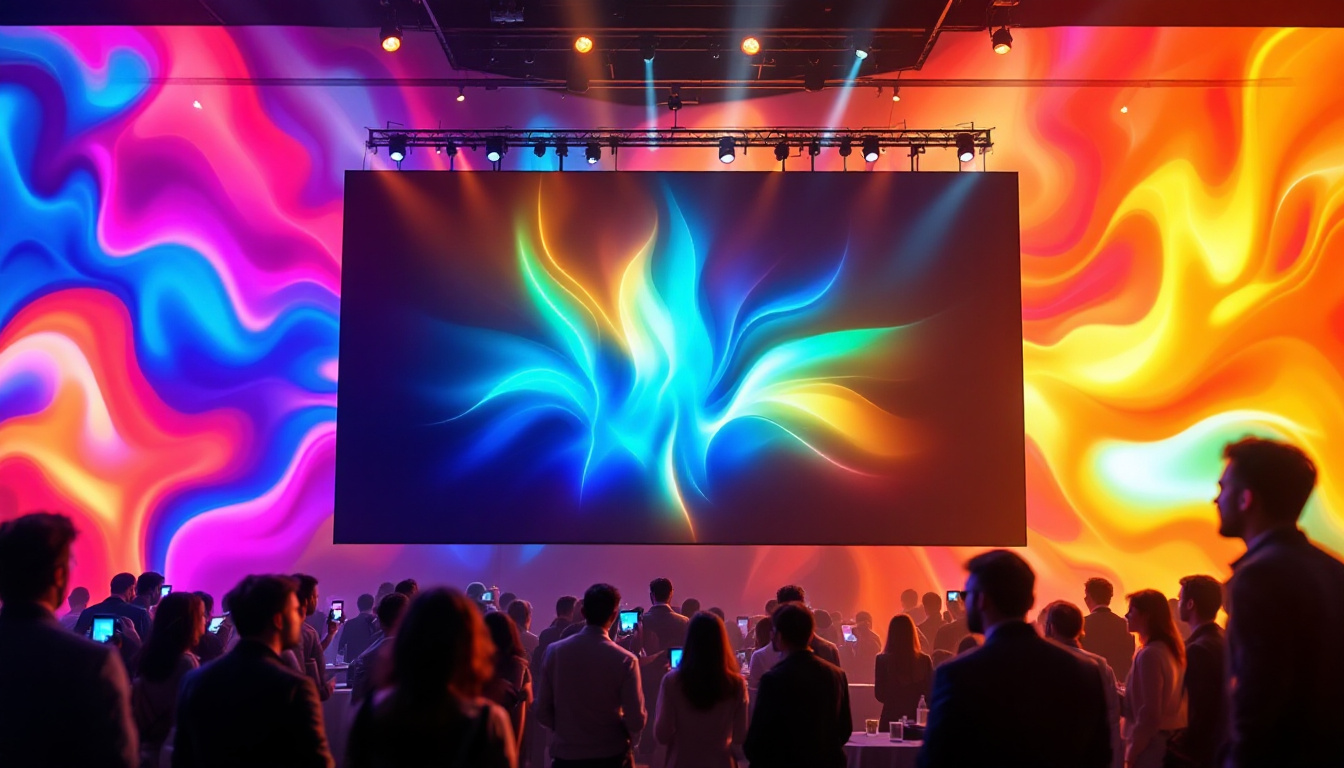In the ever-evolving landscape of visual technology, LED displays have emerged as a transformative force, revolutionizing how information is shared and experienced. From large-scale outdoor billboards to intimate indoor screens, the versatility and brilliance of LED technology have made it a preferred choice for various applications. This article delves into the world of LED displays, exploring their functionality, advantages, and the burgeoning trend of renting these screens for events and promotions.
Understanding LED Technology
What is an LED Display?
LED stands for Light Emitting Diode, a semiconductor device that emits light when an electric current passes through it. LED displays utilize numerous tiny diodes arranged in a grid to create images and videos. Unlike traditional LCD screens that rely on backlighting, LED displays generate their own light, resulting in brighter and more vibrant visuals. This self-illuminating feature not only enhances color accuracy but also improves energy efficiency, making LED displays a popular choice for both commercial and residential applications.
These displays can be categorized into two primary types: direct view and rear projection. Direct view LED displays are composed of individual LED modules, while rear projection screens use LED technology to project images from behind the screen. The choice between these types often depends on the intended use and viewing environment. For instance, direct view displays are often favored in high-traffic areas due to their superior brightness and clarity, while rear projection systems may be preferred for environments where space is limited, as they can be integrated into existing structures more seamlessly.
How Do LED Displays Work?
LED displays function by converting electrical signals into light. Each pixel on the screen is made up of red, green, and blue (RGB) subpixels. By adjusting the intensity of each subpixel, a wide range of colors can be produced, creating the images and videos seen on the screen. This RGB combination allows for over 16 million colors to be displayed, providing a rich visual experience that is particularly beneficial for applications such as digital signage, where capturing attention is crucial.
The resolution of an LED display is determined by the pixel pitch, which is the distance between the centers of two adjacent pixels. A smaller pixel pitch results in higher resolution and clarity, making it ideal for close-up viewing. Conversely, a larger pixel pitch is suitable for distant viewing, such as outdoor billboards. Additionally, advancements in technology have led to the development of fine-pitch LED displays, which are now being used in high-end applications like control rooms and broadcast studios, where precision and detail are paramount.
Types of LED Displays
There are several types of LED displays, each tailored for specific applications. Some of the most common types include:
- Indoor LED Displays: These screens are designed for use in controlled environments, such as conference rooms, shopping malls, and theaters. They typically have a finer pixel pitch for high-resolution images, ensuring that even intricate visuals are displayed with clarity. Indoor LED displays are often used for advertising, presentations, and live events, where the quality of the image can significantly impact audience engagement.
- Outdoor LED Displays: Built to withstand harsh weather conditions, outdoor displays are larger and have a coarser pixel pitch. They are often used for billboards, sports arenas, and concerts. The durability of these displays is enhanced by protective coatings and robust enclosures, allowing them to function optimally in rain, snow, and extreme temperatures. Furthermore, outdoor LED displays are designed to be highly visible even in bright sunlight, making them a preferred choice for outdoor advertising.
- Transparent LED Displays: These innovative screens allow light to pass through, making them ideal for storefronts and exhibitions where visibility from both sides is crucial. Transparent LED displays create a unique blend of digital content and the physical environment, allowing businesses to showcase products while still maintaining an open and inviting atmosphere. This technology is rapidly gaining traction in retail, as it provides an eye-catching way to engage customers without obstructing views.
The Advantages of LED Displays
Brilliance and Clarity
One of the most significant advantages of LED displays is their exceptional brightness and clarity. With the ability to produce vivid colors and sharp images, these screens ensure that content is easily visible even in direct sunlight. This feature makes them particularly popular for outdoor advertising and events.
Energy Efficiency
LED technology is known for its energy efficiency. Compared to traditional display technologies, LED screens consume significantly less power, which translates to lower operational costs. This energy efficiency not only benefits businesses financially but also contributes to a more sustainable environment.
Longevity and Durability
LED displays are built to last. With a lifespan of up to 100,000 hours, they outlast many other display technologies. Their robust construction makes them resistant to shock and vibration, ensuring reliable performance in various settings. This durability is particularly advantageous for outdoor applications, where exposure to the elements can be a concern.
Screen For Hire: The Rental Market
Why Rent LED Displays?
The trend of renting LED displays has gained momentum in recent years. Organizations and event planners are increasingly opting for rental services instead of purchasing screens outright. This shift can be attributed to several factors.
Firstly, renting allows for flexibility. Events vary in size and scope, and renting enables access to the latest technology without the long-term commitment of ownership. Secondly, it provides an opportunity to utilize high-quality equipment that may otherwise be financially unfeasible for short-term use. Lastly, rental services often include technical support, ensuring that the display operates smoothly throughout the event.
Applications of Rental LED Displays
rental LED displays are used across various sectors, each with unique requirements. Some common applications include:
- Corporate Events: Conferences, product launches, and trade shows often feature LED displays to showcase presentations, videos, and branding materials.
- Entertainment: Concerts and festivals utilize large LED screens to enhance the audience experience, providing visuals that complement live performances.
- Sports Events: Stadiums and arenas employ LED displays for live game coverage, advertisements, and fan engagement activities.
Choosing the Right Rental Service
When considering renting an LED display, it is crucial to select a reputable rental service. Factors to consider include the range of available equipment, customer support, and pricing. A reliable provider should offer a variety of screen sizes and resolutions to meet specific event needs.
Additionally, it is essential to assess the company’s experience and expertise in handling LED technology. A knowledgeable team can provide valuable insights on the best setup and configuration for optimal performance.
Installation and Setup
Preparing for Installation
Proper installation is critical to ensuring the success of an LED display at any event. Before installation, it is vital to assess the venue and determine the optimal location for the screen. Factors such as visibility, audience size, and lighting conditions should be taken into account.
Moreover, ensuring that the necessary power supply and connectivity options are available is essential. Collaborating with the rental service provider can help streamline this process, as they often have experience with various venue types.
Technical Considerations
Setting up an LED display involves several technical considerations. The configuration of the display, including resolution and pixel pitch, should align with the content being presented. For instance, high-resolution content requires a finer pixel pitch to maintain clarity.
Additionally, ensuring that the display is calibrated correctly is vital for achieving optimal brightness and color accuracy. Technical support from the rental service can be invaluable in addressing any issues that may arise during setup or operation.
Post-Event Considerations
After the event concludes, it is important to conduct a thorough evaluation of the LED display’s performance. Gathering feedback from attendees and event organizers can provide insights into the effectiveness of the display in achieving its intended goals.
Furthermore, ensuring that the rental service is contacted promptly for equipment return is essential. This helps maintain a good relationship with the provider for future rentals and ensures that all equipment is returned in good condition.
Future Trends in LED Display Technology
Advancements in Resolution
The future of LED displays is set to witness significant advancements, particularly in resolution. As technology progresses, screens with even smaller pixel pitches are becoming available, allowing for ultra-high-definition displays. This trend will enhance the viewing experience, making LED displays suitable for a broader range of applications.
Integration with Augmented Reality
Another exciting trend is the integration of LED displays with augmented reality (AR) technology. This combination can create immersive experiences that engage audiences in new and innovative ways. For instance, events could feature interactive displays that respond to audience movements, enhancing engagement and participation.
Sustainability Initiatives
As environmental concerns continue to rise, the LED display industry is also focusing on sustainability. Manufacturers are exploring eco-friendly materials and production processes to minimize the environmental impact of LED screens. This shift towards sustainability will not only benefit the planet but also appeal to environmentally-conscious consumers and businesses.
Conclusion
LED displays have undoubtedly transformed the way information is presented and consumed. Their brilliance, energy efficiency, and durability make them an ideal choice for a wide range of applications, from corporate events to outdoor advertising. The growing trend of renting LED displays offers flexibility and access to cutting-edge technology, making it easier for organizations to create impactful visual experiences.
As the industry continues to evolve, advancements in resolution, integration with AR, and sustainability initiatives will shape the future of LED displays. Embracing these developments will ensure that businesses and event planners can leverage the full potential of this dynamic technology.
In a world where visual communication is paramount, LED displays stand out as a powerful tool for engagement, making the option to rent these screens an attractive choice for any event or promotional activity.
Discover LumenMatrix’s Innovative LED Solutions
Ready to elevate your visual communication with unparalleled clarity and impact? Explore LumenMatrix’s comprehensive range of LED display solutions tailored to meet your every need. From captivating Indoor LED Wall Displays to robust Outdoor LED Wall Displays, and from dynamic Vehicle LED Displays to sleek LED Poster Displays, LumenMatrix has it all. Our mission is to revolutionize your visual experience with cutting-edge technology that engages and captivates your audience. Don’t miss the opportunity to transform your events and promotions with LumenMatrix’s LED displays. Check out LumenMatrix LED Display Solutions today and see your vision come to life.


